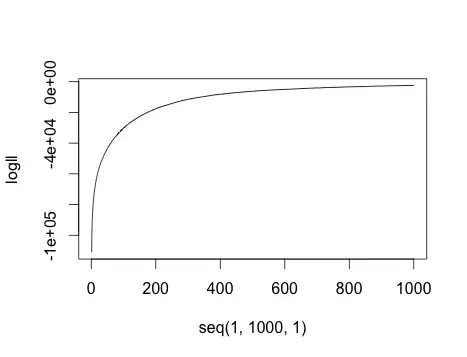The questions is asked at How to assess the similarity of two histograms?
However, I'm not sure if it's the same question as mine, so I'd like to ask again.
I have a dataset, which covers a long time span. So it is possible that in some years, the data are corrupted. For example, I plot the histogram by 5 years:
Look at the right plots, it is apparent that the distribution of the last one is very different from the above.
But how can I qualify this difference, and be able to determine it by code?
I know in How to assess the similarity of two histograms?, the answer is 2 sample gof test, but is it proper for my case? I have several plots to compare at the same time.
